Bearing isolators are a more recent development in seal technology, a protective measure to replace traditional seals on bearings within rotating equipment. As higher-performing equipment was needed to survive harsher environments, so were better protections for the bearings. This led to innovation in the form of bearing isolators.
A quick introduction to bearings
Bearings are the bread and butter of the rotating equipment industry. They support rotating shafts in a variety of machinery and engines, allowing for motion throughout pumps, engines, and much more. When bearings fail, the whole machine they support stops working as well. Aspects such as operating conditions and improper lubrication are the most common causes of bearing failure, as both involve bearing housings becoming contaminated. And that’s where bearing isolators come in.
Bearing Isolators

EXP – Pillow Block
Bearing isolators are a type of lubrication seal designed to protect the lubrication of the bearing from contaminants, such as process fluid. These types of seals are the parts that separate the bearings of a machine from the external environment–as well as any contaminants that would damage them. They also play the important role of keeping the lubricant within the bearing cavity and keeping other components from coming into contact with the bearings. Overall, bearing isolators increase the bearing’s life, and the machine’s life as a result.
Types of bearing isolators
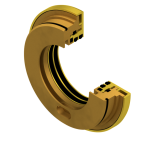
EXP – Standard
The more traditional and common type of bearing isolator used to protect bearing lubrication is the contacting, compound labyrinth bearing isolator, with a dynamic O-ring, and most other isolators are a derivative of this original design. The development of this was beneficial to advancing rotating equipment, able to keep contaminants out by directing them outside the seal. The O-ring expands under dynamic conditions, which allows the housing to vent through the seals. Once the machine shuts down, the O-ring then contracts.
Contact bearing isolators have their limitations. They struggle in environments with heavy contaminants, such as sand, dust, and other debris, as well as environments with steam or oil mist. Because they typically contact the lip seal within the housing, they also cause the seal to wear down, and they can’t block contaminants during machine shutdown.
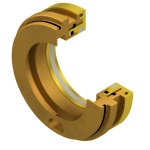
EXP – Turbine
Noncontact compound labyrinth isolators are similar to contact ones in design, however, they work a little differently. Noncontact bearing isolators use specific clearances, gap changes, and direction changes to direct contaminants away from the bearing through gravity and centrifugal force. And, due to the fact that they do not contact a lip seal to operate, there is far less wear on the seal and the bearing within.
Noncontact-bearing isolators also struggle under static conditions. As the machine shuts down, the bearing housing draws air in from the environment in order to reach a state of equilibrium, which can also draw in contaminants from the environment. Vertically-oriented noncontact isolators use their design of specific gaps and chambers to break down these contaminants’ energy, and eventually force them away from the housing, while still allowing air into it that won’t damage the lubrication. In other words, these isolators allow the housing to ‘breathe’, while controlling exactly what the housing breathes in through the laws of energy conservation and gravity.
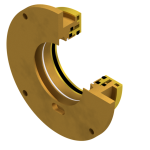
EXP – Flange Mount
These new isolators are much more robust while still being small and manageable. Because of this, they are incredibly flexible, and can be used in a variety of applications, such as electric motors, gearboxes, pillow blocks, turbines, and much more.
Sealing Equipment Products Company, Inc.
SEPCO has been a consistent leader in introducing new sealing technologies and delivering quality service to our customers. We have developed, and continue to develop many different solutions, as well as offer other value-added services to ensure that your equipment is working as intended. If you’re looking for high-quality sealing equipment, check out their website today.

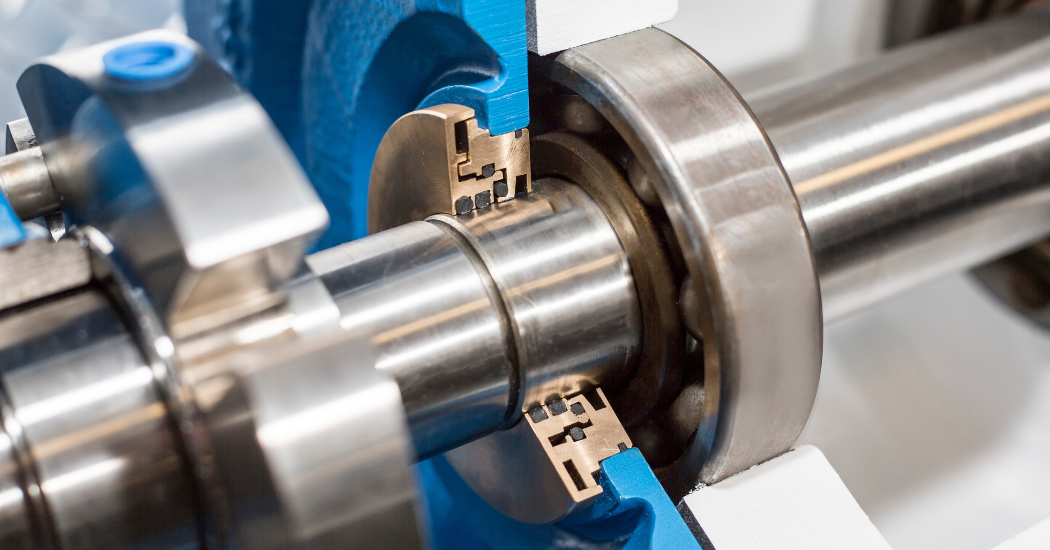
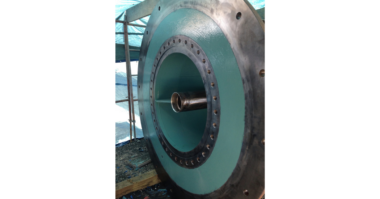


Comments